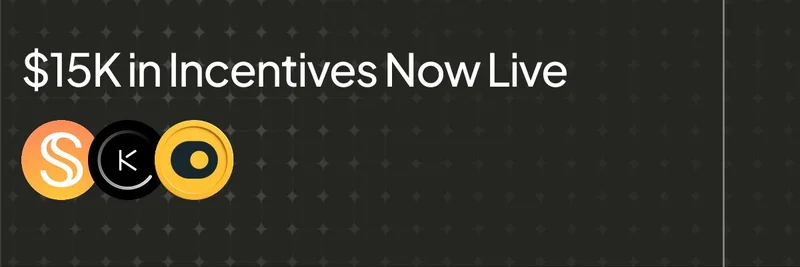Hey there, meme token enthusiasts and blockchain buffs! If you’ve been scrolling through X lately, you might have stumbled upon a fiery thread from Nick White (@nickwh8te), where he shakes up the crypto world with a bold take on decentralization. Posted on July 2, 2025, this thought-provoking post (check it out here) has sparked debates, and we at Meme Insider are diving in to break it down for you.
The Spark: A Thought Experiment on Decentralization
Nick kicks things off with a juicy question: Would Bitcoin still be decentralized if it had multiple miners but you couldn’t run a full node to verify the chain? His answer? Nope. Why? Because without verifiability—meaning you can’t check the blockchain yourself—miners could potentially pull a fast one and steal everyone’s coins. This sets the stage for his main point: decentralization isn’t just one thing. It’s a bundle of qualities, including:
- Verifiability: Can you check the blockchain’s integrity yourself?
- Permissionlessness: Can anyone join without barriers?
- Liveness: Does the network keep running smoothly?
- Censorship Resistance: Can it withstand outside control or shutdowns?
This breakdown is a game-changer because it forces us to think beyond the buzzword “decentralized” and consider what each project really needs.
Single Sequencers: The Controversial Trade-Off
Now, here’s where Nick ruffles some feathers. He argues that not every app needs all these qualities. Take censorship resistance, for example. If an app doesn’t need to dodge government shutdowns, it might opt for a single sequencer—a centralized entity that orders transactions. This choice can slash latency (making things super fast) and simplify the tech stack. Nick’s not afraid to say it: a single sequencer can be optimal for many use cases. Cue the gasps from the “decentralization or bust” crowd!
But he’s not throwing decentralization under the bus. Instead, he suggests that a single sequencer isn’t inherently evil if it’s designed with constraints—like public proofs and exit routes—to keep it in check. This aligns with ideas from the Ultimate Guide to Sequencers in L2 Blockchains, which explores how shared sequencers (like Espresso and Astria) balance speed and decentralization across multiple rollups.
Dogma vs. Opportunity
The thread’s closing line, “your dogmatism is our opportunity,” is a mic drop moment. Nick’s calling out the crypto purists who cling to the idea that every system must be fully decentralized. He sees their inflexibility as a chance for builders to innovate with tailored solutions. In the replies, users like @funjoza chime in, noting that verifiability can still shine with a single sequencer if proofs are public and exit options exist. Meanwhile, @CryptoDkhol adds that our fear of centralized power—rooted in history—makes it hard to imagine a single entity doing good.
Why This Matters for Meme Tokens
So, what does this mean for the meme token world? Many meme coins thrive on community hype and quick transactions—think Dogecoin or Shiba Inu. A single sequencer could turbocharge their performance, making trades snappier and infrastructure leaner. But if the community values censorship resistance (say, to avoid bans in certain regions), they might push for more decentralized setups. Nick’s thread reminds us to match tech to purpose, not just follow the crowd.
Wrapping Up
Nick White’s thread is a wake-up call to rethink decentralization in blockchain. It’s not a one-size-fits-all deal—verifiability, permissionlessness, and censorship resistance each play a role, and trade-offs can be smart. Whether you’re a meme token trader or a blockchain newbie, this debate is worth watching. Drop your thoughts in the comments, and stay tuned to Meme Insider for more crypto insights!
Disclaimer: This article is for educational purposes only and not financial advice. Always do your own research before diving into crypto!

